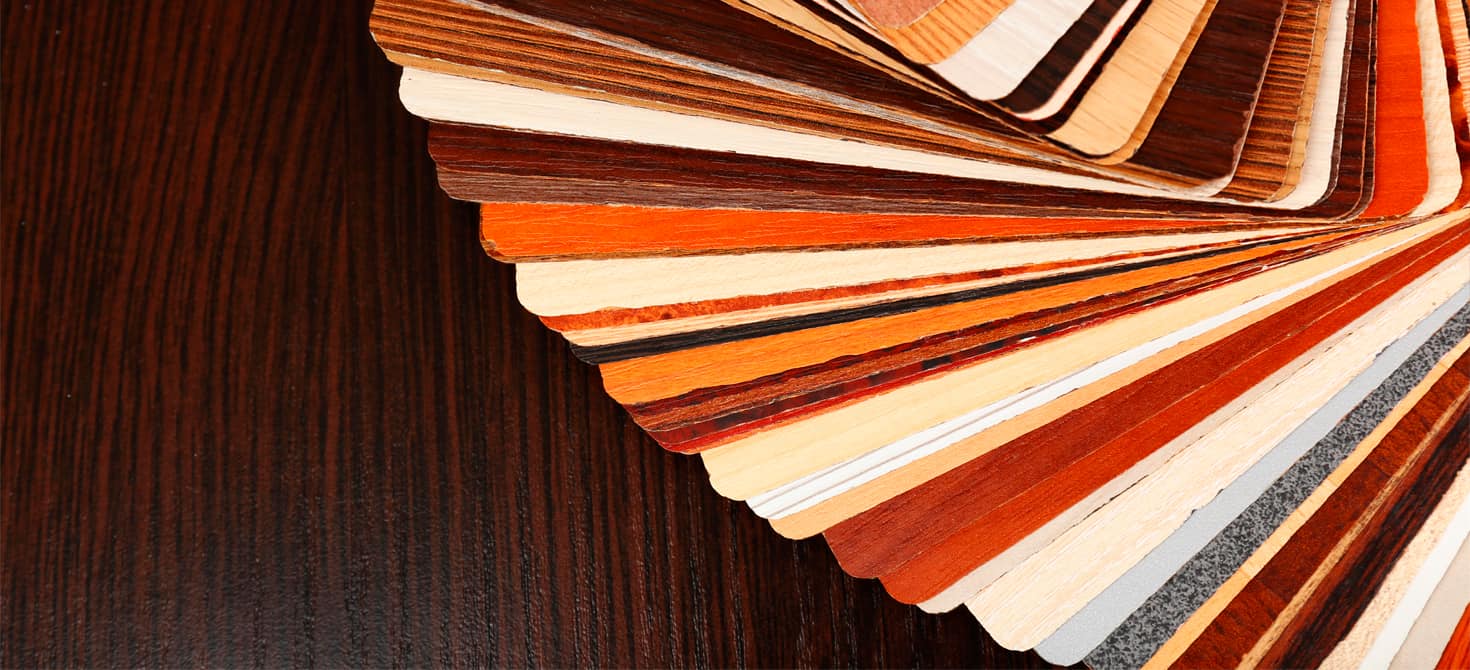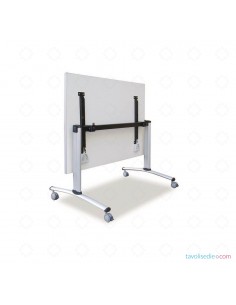
If you are looking for new furniture for your home, you will inevitably have to deal with the technicalities related to the compounds with which the furniture is made: you will therefore have to come across laminate, laminate, melamine and werzalit. These compounds are commonly used because the trend in the reference sector is not to use solid wood for the production of furniture: the latter is in fact replaced by composite woods, which allow for a more modern aesthetic effect; moreover, the use of these compounds is decidedly cheaper than the choice of solid wood. Below we will go into the main technical differences that constitute the main materials used in the production of furniture and furnishing elements.
What is laminate
Let's start our overview of the most commonly used materials for furniture and furnishings by talking about laminate; we start by saying that laminate is a material with technical characteristics very similar to melamine; however, the composition of laminate is different: it is in fact a material characterized by the presence of three different layers.
The laminate is composed of a high density fibre panel, a sort of printed paper which is the decorative element, so to speak, and finally a final layer characterised by the presence of melamine resins. In the production of laminate for floors, a fourth layer is prepared which is usually made of plastic material; this further layer is prepared in order to give stability, balancing the laminate overall.
One of the characteristics that make the laminate a very common material in the production of furniture and furnishings, is its considerable resistance; thanks to this property, the laminate can also be used to be placed in outdoor spaces.
With reference to the classification of the compound, two types of laminate can be found on the market: high pressure laminate (HPL) and continous pressure laminate (CPL). HPL is made by means of a wide pressing of sheets characterised by variable dimensions; this material can also be used in outdoor environments characterised by a high level of humidity. CPL, on the other hand, is a material made with the aid of a normal pressing of relatively thick continuous sheets: being less resistant than HPL, this material is mainly used for the production of interior furnishings.
Stratified Laminate
The laminate is a laminate characterised by a high thickness (2 mm) and high pressure. The material is commercially available in different thicknesses (all important), decorations, finishes and colours. The material is entirely made up of layers of cellulosic fibres, which are impregnated with phenolic resins; during the production process of the laminate, there is the combined action of heat at 150 degrees and high pressure (9 Mpa): this process takes place inside special multi-shell presses, in which the condensation of the treated resins takes place.
The stratificato is a material that will not undergo any modification as a result of the action of humidity and temperature variations; in fact, it is a compound that will not be affected by thermal shocks, keeping its physical and mechanical properties unchanged. The sudden changes in temperature and the action of humidity will not have any significant effect on the appearance and properties of a panel made with the aid of stratificato.
Melamine Compound
Melamine is a material made with the help of a paper impregnated with melamine resin, a substance of synthetic origin characterized by important capabilities. This material must therefore be assembled to a chipboard panel, which will give rise to the finished product, with which it will be possible to create all types of furniture.
One of the main characteristics of melamine, which make it suitable for use in the production of furniture and furnishings, is its great resistance to humidity, as well as to scratches and stains. Although melamine is a very economical material, it is characterised by important properties, which make it versatile and at the same time long-lasting.
With the use of melamine in the furniture and furnishing elements industry, it has been possible to encourage considerable artistic creativity: with this material it is possible to create a wide range of brushed textures or alternatively to give the classic cement effect, both styles can be achieved with any type of colour variation.
Werzalit compound
Werzalit is a material that is undoubtedly one of the most beautiful combinations of wood; it is certainly one of the most suitable materials for making tables, designed both for indoor and outdoor use. The main characteristic of werzalit is that it is a compound that has a certain resistance and, at the same time, a remarkable modelling ability.
It is a material designed to resist the action of atmospheric agents and temperatures. In particular, a table made of werzalit is able to withstand the heat exposure of a pot, or other lit objects, without damaging the surface. In addition, a table made with werzalit will be able to withstand all types of scratches or scratches; the material is able to withstand mechanical stress very well.
Thanks to the properties of werzalit, tables made with the help of this material are particularly suitable for use in the context of business activities such as bars or restaurants, particularly if the latter are characterised by the presence of an open-air space. In order to make the characteristics and functionality of werzalit tables even more effective, it is advisable to have a suitably treated aluminium support structure at the base of the table.
Our proposal

With reference to the materials described above, you can consult our catalogue, looking in detail at the wide range of products that make it up; many are the models with laminate top, such as the Kolva C Table, the Avon C Table and the Bann C Table. Many models of service blocks are also available in laminate, such as the Belukha four-seater Service Block, the Monviso four-seater Service Block C and many other products. In addition, we offer a range of tables and blocks produced with the aid of laminate, such as the Lima P Table, Neva and Venta P tables and the Cerreto 4-seater Service Block. Obviously, inside our catalogue you can find furnishing elements made of melamine: some examples are the Tevere Tilting Table A 20, the Kamp Table A 20 and the Erie Ignifuga bench. Finally, our range of furniture in Werzalit offers you the Venta F Table, the Nogaf F Table and finally the Gimone F Table.









